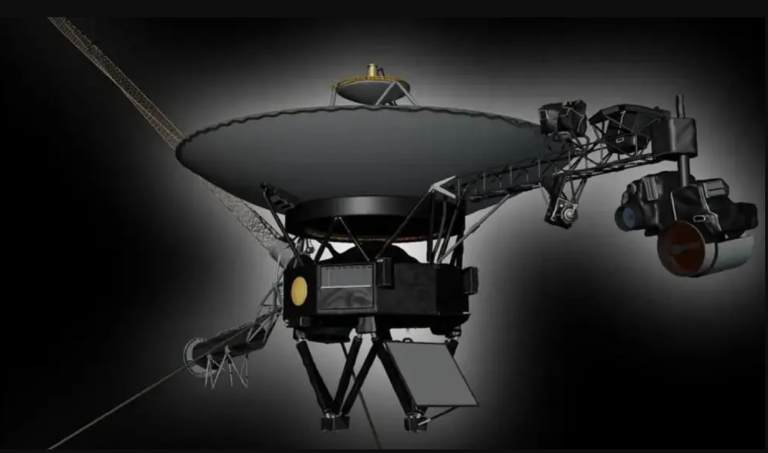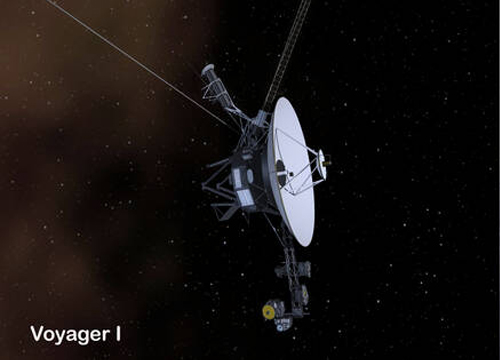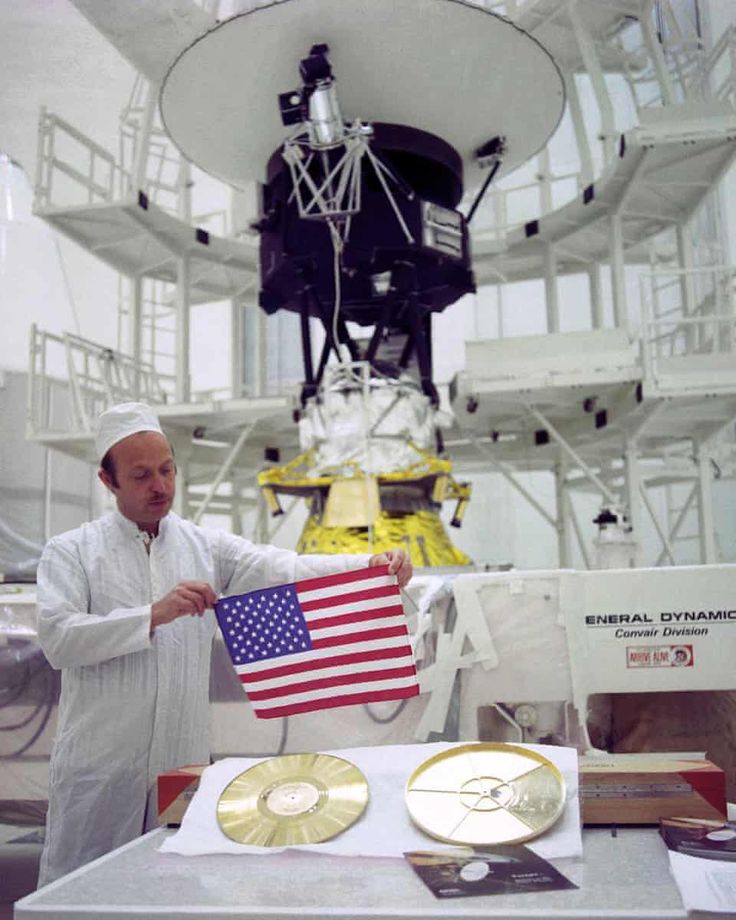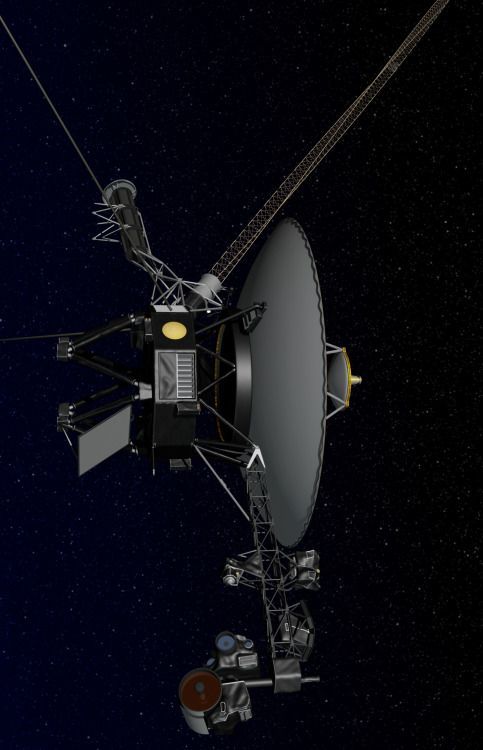Voyager 1 Restored: NASA Reports Voyager 1 Spacecraft Functioning Properly Again
NASA’s Voyager 1 spacecraft, the farthest human-made object in space, is operational again after brief communication issues. This incredible milestone reaffirms humanity’s ability to sustain interstellar exploration over decades.
Summary
- Voyager 1, launched in 1977, is the farthest human-made object in space, located more than 15 billion miles away from Earth.
- The spacecraft’s primary mission was to explore Jupiter and Saturn within its planned five-year lifespan, but it has been operational for nearly 50 years.
- Voyager 1 became the first human-made object to enter interstellar space in 2012, sending back critical data about this uncharted environment.
- In October 2024, NASA encountered communication issues with Voyager 1 due to problems with its X-band radio transmitter.
- NASA engineers successfully used the S-band transmitter, a weaker system not utilized since 1981, to re-establish communication.
- The spacecraft resumed its use of the X-band transmitter, restoring its ability to send back scientific data and status reports.
- Voyager 1 carries a golden record, a time capsule containing Earth’s music, photographs, and greetings, meant for potential alien life.
- Radio signals from Earth take approximately 23 hours to reach Voyager 1 due to its incredible distance.
Voyager 1: The Far-Reaching Explorer
Launched in 1977, Voyager 1 is a pioneer in space exploration. Its primary mission focused on close encounters with Jupiter and Saturn, providing groundbreaking images and data about the two gas giants. One of its historic achievements was taking the first close-up photograph of Jupiter. This photo showed complex details of Jupiter’s Great Red Spot. The Great Red Spot is a massive storm on Jupiter. The photograph also showed the various moons that orbit Jupiter.
When its initial mission ended, Voyager 1’s trajectory took it further into space. In 2012, it became the first spacecraft to leave the heliosphere, a protective bubble created by the Sun’s magnetic field and solar wind, entering interstellar space.
Communication with Voyager 1 is challenging due to its vast distance from Earth, currently over 15 billion miles. The spacecraft typically communicates via its X-band radio transmitter, which sends stronger signals. However, in October 2024, NASA encountered an issue: the X-band transmitter appeared to shut down, leaving Voyager 1 unable to send back vital data.
NASA engineers pivoted to using the S-band transmitter, an older system last used in 1981, despite its weaker signal strength. Against the odds, this approach worked, and communication with Voyager 1 was re-established.
Voyager 1 still operates four scientific instruments, gathering invaluable data about the interstellar medium—an area filled with cosmic rays, particles, and magnetic fields. These instruments provide insights into the conditions beyond our solar system, contributing to our understanding of space physics.
Facts About Voyager 1
| Feature | Details |
|---|---|
| Mission Lifespan | Planned for 5 years, operational for nearly 50 years. |
| Distance from Earth | Over 15 billion miles (24 billion kilometers). |
| Communication Delay | Radio signals take ~23 hours to travel between Earth and Voyager 1. |
| Golden Record | Contains music, photographs, and human speech for potential alien contact. |
| Historic Milestone | First human-made object to reach interstellar space in 2012. |
Voyager 1 carries the Golden Record, a time capsule designed by a team led by the late Carl Sagan. This 12-inch gold-plated disc includes:
- Greetings in 55 languages.
- Sounds of nature (e.g., wind, thunder, animal calls).
- Iconic music tracks, such as Bach’s “Brandenburg Concerto No. 2” and Chuck Berry’s “Johnny B. Goode.”
- Images depicting Earth’s culture, landscapes, and scientific achievements.
The record is intended for any extraterrestrial beings that might encounter the spacecraft.
Challenges Ahead
As Voyager 1 continues its journey, it faces increasing challenges:
- Power depletion: The spacecraft’s radioisotope thermoelectric generators (RTGs), which convert heat from decaying plutonium into electricity, are gradually losing power.
- Aging components: Many of Voyager 1’s systems and backup components are several decades old.
- Communication limits: Its increasing distance makes maintaining contact progressively harder.
NASA predicts that Voyager 1 will lose its ability to operate scientific instruments by the mid-2030s as power supplies dwindle.
Voyager 1: The Path Forward
Despite these hurdles, Voyager 1 continues to be an icon of human achievement. Its journey into interstellar space has expanded our understanding of the cosmos, from magnetic field interactions to cosmic ray particles.
| Key Milestones | Year Achieved |
|---|---|
| Launched from Earth | 1977 |
| First close-up of Jupiter | 1979 |
| First close-up of Saturn | 1980 |
| Entered interstellar space | 2012 |
Why Voyager 1 Matters
Voyager 1’s mission exemplifies the resilience of space exploration. It demonstrates how long-term planning, innovative engineering, and perseverance can yield incredible results. From advancing planetary science to inspiring generations of scientists, Voyager 1 continues to remind us of our place in the universe.
For more about Voyager 1’s journey, visit NASA’s official Voyager Mission page.






